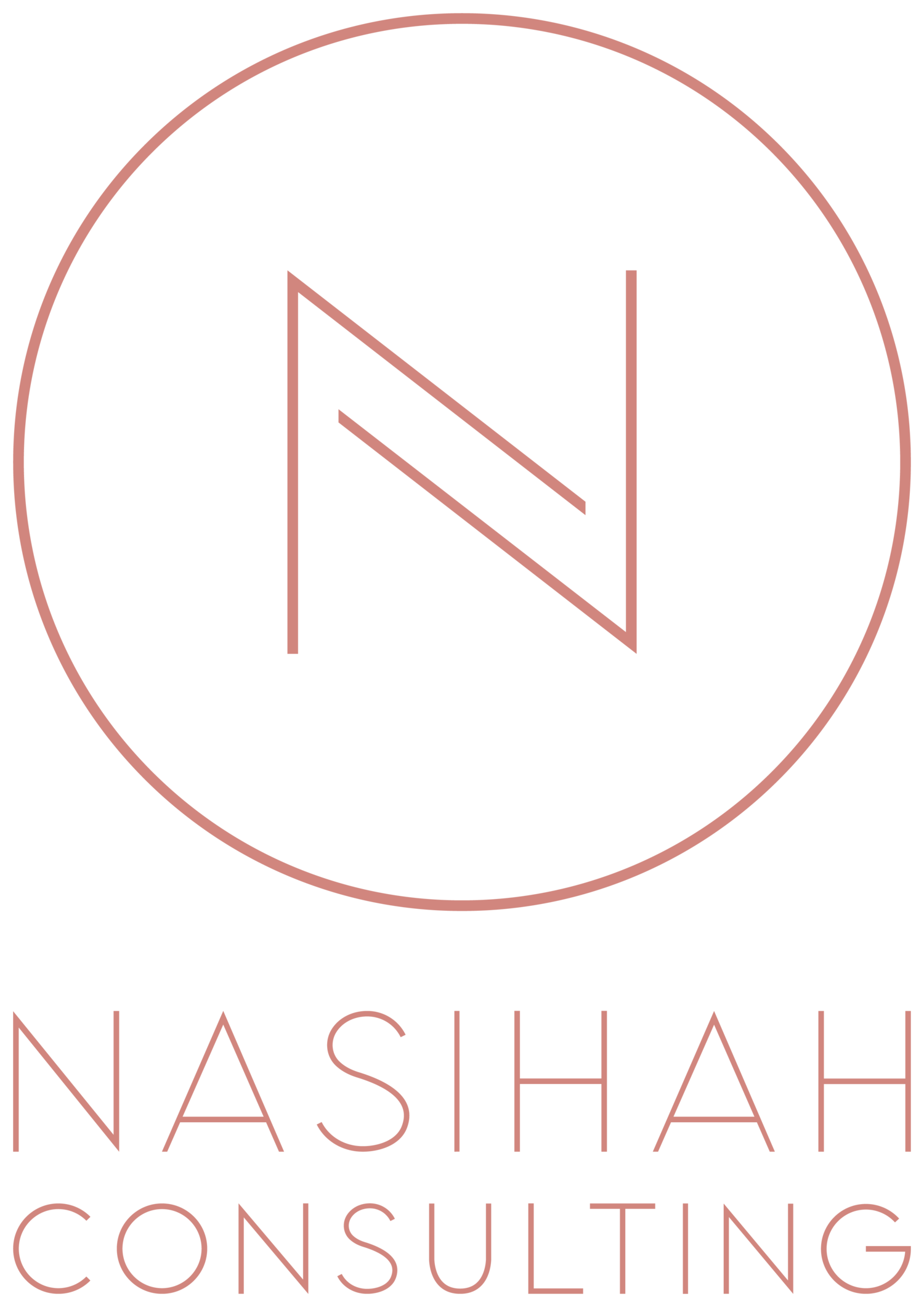Sensorimotor Art Therapy
Clayfield therapy®
The 'clay field' is a large, flat box filled with smooth clay. With closed eyes one makes contact with the material and allows the hands to find their way through touching, scratching, digging, kneading, patting, beating until shapes start to emerge. At the end of a session, there will be no art object to take home, except an intense and transformative emotion filled sensory experience.
Clay Field Therapy® is touch therapy. The haptic sense of touch is the most fundamental of human experiences. Universally infants experience safety and love through touch; being rocked and held soothes and settles them. Love, sexuality, but also violence are primarily communicated through touch. Our skin boundary becomes invaded through inappropriate touching, through accidents and medical procedures. The vast majority of traumatic memories involve touch.
As the hands touch the clay they will remember these formative, implicit experiences. The smooth texture, the weight and resistance of the clay will evoke attachment patterns, developmental setbacks and traumatic events. This does not occur in a cognitive way, but as learnt action patterns and felt sensations. In a safe and supportive setting, the hands of clients will find their way out of restriction, collapse and frozen fear into growing trust and fulfilment, because the clay has the unique ability to feedback any contact we make with it. Initially clients’ hands may expect something cold, unavailable or disgusting, because this was their experience in the past, but almost inevitably they will search for increasingly reliable contact, balance in the relationship with the material and self-fulfilment through it.
The therapeutic focus is neither on symptoms nor on the story of what-happened, but on allowing motor impulses and physical urges to make an impression in the clay and in turn finding a more adequate response to the world at hand. In this way the encounter at the clay field allows us to gradually rewrite our biography. Emerging PhD research shows that Clay Field Therapy® is deeply therapeutic, particularly for children with learning and behavioural difficulties – and for traumatised adults.
Clients can access a course of Clay Field Therapy® sessions on their own or in addition to Psychological therapy. In this way we enable both cognitive and somatic processing of emotions to occur.
Whilst outcomes in the Clay Field are different from individual to individual, many clients feel lighter, more connected to their body, attunement with their emotions, can safely inhabit their body and feel their feelings, being able to tolerate uncomfortable feelings, have a sense of letting go of “emotional baggage”, build inner strength and confidence, release stress, grief and other strong negative emotions. Work in the Clay field often helps people to have a stronger sense of self, a felt sense of boundaries required to repair ruptures due to interpersonal trauma and improve grit and resolve to make decisions and enact change.
Guided drawing®
Guided Drawing® is a bilateral drawing approach that supports body mapping in a trauma-informed way. Clients draw rhythmically repeated scribbles to express inner tension, patterns of bracing and pain held in the body. In a second step they will apply massage movements according to their inner needs, often with finger paints. In this way physiological symptoms can be eased, and the embedded emotions released. Universal shapes such as a line, circle or square can be introduced in order to safely structure the experience. This embodied art therapy approach is informed by neurobiological insights into human stress responses.
Adults draw with closed eyes and both hands on large sheets of paper. Guided Drawing does not use imagery, but the direct expression of one's felt sense. In rhythmic repetition individuals can release tension and pain, assert their boundaries or soothe and nurture their soul. What clients experience in its immediacy is that they can do something to help themselves, and that their actions have a tangible impact on their felt sense, which can be deeply empowering.
As the name suggests, the approach encourages listening to inner guidance, to what the body needs to restore self-esteem, balance and health.
“Neuroplasticity has discovered that through creating new experiences, we can help the brain recalibrate itself towards responding adequately to the current reality, interrupting destructive habits and negative belief systems from the past. Such a process allows clients to rewrite their biography towards a more authentic, alive sense of self.” From Elbrecht, Cornelia. Healing Trauma with Guided Drawing; a sensorimotor art therapy approach to bilateral body mapping. 2018
Clients can access Guided Drawing® on its own or in addition to Psychological therapy, in this way we enable both cognitive and somatic processing of emotions to occur.
Whilst outcomes in Guided Drawing® vary from individual to individual, many clients find it a safe space to express strong negative emotions. It is a non-verbal way to describe what happened or what is currently happening. It is a gentle way to encourage the development of emotion regulation in both children and adults. Guided drawing sessions are offered in the clinic and can also be facilitated via Zoom sessions.


